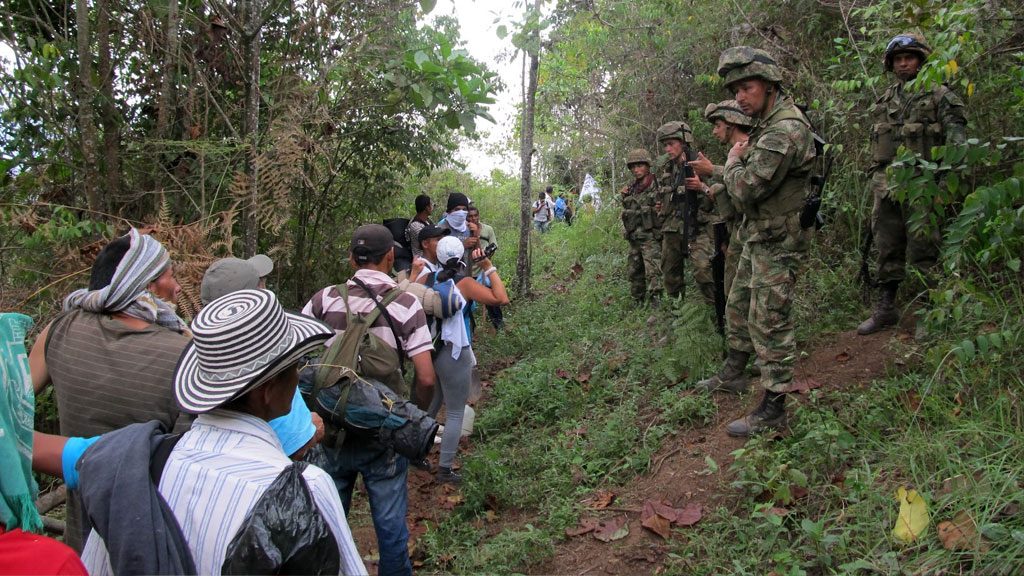The five-month unilateral ceasefire of Colombia’s largest rebel group FARC, which ended a week ago, resulted in a 90% reduction in violence compared to the same period in previous years of peace talks, according to a conflict monitoring NGO.
Since 1997, the Peace and Reconciliation Foundation has collected statistics on all manner of violent activity in Colombia related to the armed conflict between the government and the FARC, including combat, harassment, ambushes and bombardments.
Since the ceasefire, violent actions have dropped off markedly. For example, in 2011 there were an average of 179 violent occurrences per month. Over the five month cease fire, there were a total of 91.
Seventy-nine of those were initiated by the Colombian government and twelve were initiated by the FARC and thus breaches of the ceasefire.
This trend holds true from 2012 to 2014 as well, with significantly higher numbers of violent clashes in the first five months of those years compared with 2015, the year of the cease fire.
Violent clashes |
The conflictCausesInequalityPolitical exclusionWeak, corrupt stateViolence aggravatorsDrug traffickingInternational actorsFact sheetPeace talksProfileFARC |
Have lives been saved?
Perhaps the most pressing question for Colombian citizens, the government, and the international community, however, is how effective has the ceasefire been at saving lives?
The data presented by the Peace and Reconciliation Foundation suggests that it was very effective in saving the lives of Colombian soldiers, FARC guerrillas, but most importantly, unarmed civilians.
The first five months of 2015 saw a 47% reduction in deaths of Colombian soldiers compared with the same period in 2014, with only 61 dying in 2015 from 132 in 2014.
Similar numbers of guerrilla lives were saved as well, with 51 losing their lives to the armed conflict in the first five months of 2015 while 107 died in the same period in 2014, a 52% reduction.
Civilians primary beneficiary of truce
Far and away the most glaring statistic, though, is the reduction in forced displacements of civilians during the FARC ceasefire.
In the first five months of 2015, some 2800 civilians have been forcibly displaced from their homes as a result of the armed conflict. From 2012 to 2014, over the first five months of each year an average of 81400 civilians were forcibly displaced, resulting in a 97% reduction in 2015.
Among the most significant conclusions that can be drawn from these statistics is that the FARC’s violations of the ceasefire appear to be random and sporadic. There was no systematic disobedience on the part of the FARC and little disunity among the various fronts of the rebels.
More importantly, however, these statistics clearly show that ceasefires, unilateral or otherwise, have direct consequences with regard to human life. An example now exists to show that ceasefires and truces can be effective at reducing the human cost of the armed conflict as peace negotiations in Havana, Cuba continue.
Sources
¿Para qué sirvió el cese unilateral al fuego de las Farc? (Las 2 Orillas)


